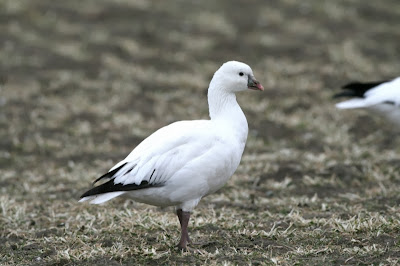On the first
day of winter, at Hagerman we see - one Bald Eagle in a dead tree.
On the
second day of winter, at Hagerman we see - two Red-tails soaring and one Bald
Eagle in a dead tree.
On the third
day of winter, at Hagerman we see - three Harriers harrying, two Red-tails soaring,
and one Bald Eagle in a dead tree.
On the
fourth day of winter, at Hagerman we see - four leaping Deer, three Harriers
harrying, two Red-tails soaring, and one Bald Eagle in a dead tree.
On the fifth
day of winter, at Hagerman we see - five Hiking Trails, four leaping Deer, three
Harriers harrying, two Red-tails soaring, and one Bald Eagle in a dead tree.
On the sixth
day of winter, at Hagerman we see - six Warblers warbling, five Hiking Trails,
four leaping Deer, three Harriers harrying, two Red-tails soaring, and one Bald
Eagle in a dead tree.
On the
seventh day of winter, at Hagerman we see - seven Shovelers shoveling,
On the
eighth day of winter, at Hagerman we see - eight Birders birding, seven Shovelers shoveling,
On the ninth
day of winter, at Hagerman we see - nine Herons fishing, eight Birders birding,
seven Shovelers shoveling,
On the tenth
day of winter, at Hagerman we see - ten Pintails dabbling,
On the
eleventh day of winter, at Hagerman we see - eleven Geese-a-browsing,
On the
twelfth day of winter, at Hagerman we see - twelve Bluebird boxes, eleven Geese-a-browsing,



























